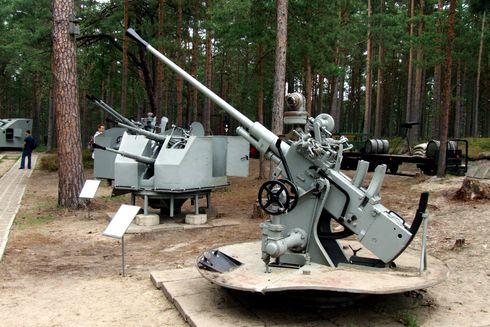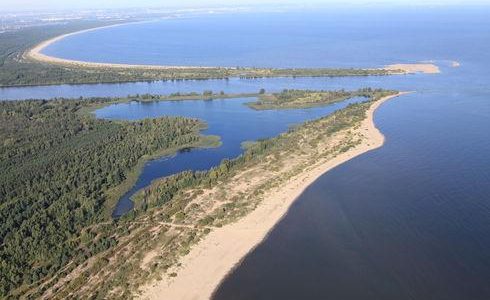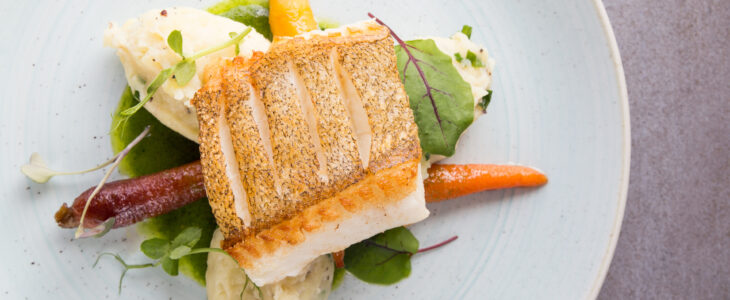These two buildings are the remains of the world’s largest coastal defence battery – in 1940, this was the location of the three monstrous 406 mm cannons from the Schleswig-Holstein battery. The private collections and the enthusiasm of several people led to the opening of the museum on 1 May 2006.
The B2 station contains
– little-known cards of Polish aviation – the history of the Sea Aerial Division, illustrated with models of seaplanes.
– the “Medicine in the Army” exhibition,
– the modern, multimedia exhibition dedicated to the 32 days of defending Hel,
– the multimedia exhibition on Commander Zbigniew Przybyszewski, the great leader of the Laskowski battery in the September 1939 campaign,
– the unequalled exhibition of grenades, the largest in Poland,
– the continuously-expanding exhibition of weaponry, with an original 406 mm missile, which weighs approximately 1030 kg, with shells and additional equipment.
The second structure is the nine-storey fire control tower, the top of which has a great view of the peninsula and the surrounding sea. The individual storeys present:
– the “Artillery Curiosities” exhibition, dedicated to the largest cannons in the world.
– a seven-metre, graphic map of the Hel Peninsula,
– artifacts of the great and well-liked Polish seascapist, Captain Karol Borchardt, including a reconstruction of his residence and exhibitions dedicated to his work and creations,
– the exhibition of military communications,
– the modelling exhibition dedicated to armoured vehicles.
The Hel peninsula is home to the artillery station of the Laskowski battery, the the basementsd of which host the exhibition on the battery and bravery of Polish soldiers. Other interesting military objects include the restored shelters and stations of the historical “Danish” Battery, which were entered onto the marked tourist trail, and the heritage park of cannons at station B2. The commune has assigned tourist trails, which cover most of the military sites.
The enthusiasts of the Hel military objects led to the restoration of the first segment of the Hel military narrow-gauge railway. During the tourist season, more attractions emphasising the military nature of the MOW include the military shooting range,a field cinema and a field kitchen with peas pottage.
The museum is also active in the field of publishing. It publishes the guide to Hel once a year, along with a series of issues dedicated to Hel and the Hel Peninsula.



















